The question posed at the start of this post is not something I would even have thought would be an issue ten years ago. Of course you should carry a scope, I would have said. Nowadays I'm not so sure.
Digital cameras, even my Bridge camera (a Nikon P900), are something of a game-changer. That said, when I visit Morton Bagot, like today, I still carry both (and also a tripod). The downside is the weight of all that equipment. There are several approaches you can take.
You can mount your scope on the tripod and extend its legs, and walk around all day juggling scope/tripod and binoculars, and camera. I doubt anybody does that though, and I certainly don't.
Another option is to keep scope and tripod slung separately over your shoulder, your camera in a knapsack, and use your binoculars to spot birds. I often do this, and if its raining there is little alternative.
Today as usual, I opted to have both binoculars and camera slung around my neck, while scope and tripod remained as a potential back-up (slung separately over the shoulder). As a result, when I spotted a small bird at the top of a distant oak tree, I was initially intrigued as to what it might be, but reluctant to go through the palaver of getting my scope out. This is where the camera effectively acts as a scope.
.jpeg) |
| This is the uncropped image, which is roughly the same as the view from 10x bins |
So, from this view I had an idea of what the bird might be, but the real magic came when I zoomed in on the back of the camera. It became clear that it was a male Wheatear..jpeg) |
| Zoomed in (cropped) image of the Wheatear |
So even in poor light, there was no need to get the scope unpacked. The image at 30x would probably have been similar.Sometimes I opt not to bother carrying a scope at all, but this can be a dangerous game to play. Although I often use my camera to check the identity of a distant bird, it doesn't always work. Earlier, we had seen some distant finches in the birches. The light was terrible and we couldn't decide between Redpolls and Siskins (Dave thought Redpolls, I was on the fence). I tried taking a picture, and all I got was a larger, blurred image of what could still have been either species. If I could have been bothered to get the scope out I probably would have nailed them, but the time taken may have left me too late to see them before they flew off.
At Morton Bagot a scope is arguably essential for checking the flashes, particularly the furthest flash. To see the latter properly you need to be high on the slope, looking through a line of trees to the flash in the distance. The scope has no problem with this, the binoculars alone are rarely sufficient, and the camera struggles to focus as tree branches and/or rushes get in the way.
Today, we couldn't see anything much on the furthest flash, and we didn't need a scope for the nearest. The single pairs of Avocet and Shelduck were easy to identify, as were the dozen or so Teal. Slightly less straightforward was a Green Sandpiper which crept into view. It was identifiable with binoculars (and would have been great with the scope), but laziness and the fact that it helpfully moved away from the intervening rushes meant that a reasonable photo was possible to record its presence.
 |
| Green Sandpiper |
This is what is known as a record shot. It won't win any awards, but you can tell what it is.We did in fact require the scope on one occasion today. A distant lump on top of a pylon seemed worth investigating.
.jpeg) |
| Not a record shot |
With the bird settled there was time to disentangle myself from all the straps and get the scope out. With this we confirmed our suspicion that it was a Peregrine.When I visit Earlswood, or any woodland or farmland in summer, I never take a scope. Binoculars and a camera are perfectly adequate to record what I see. Farmland in winter is different. To find a rare Thrush or Finch, a scope is essential (not that I ever find one), but the camera is always there as back up.
I cannot imagine ever going birding without my camera these days, but for the scope its horses for courses.








.jpeg)
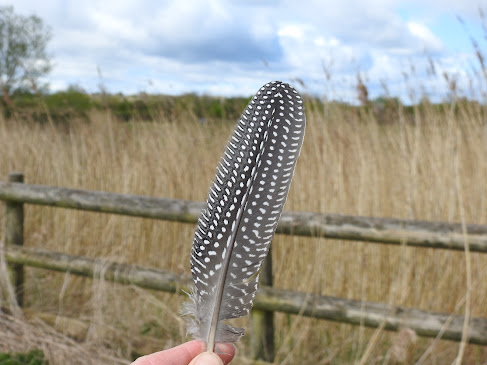










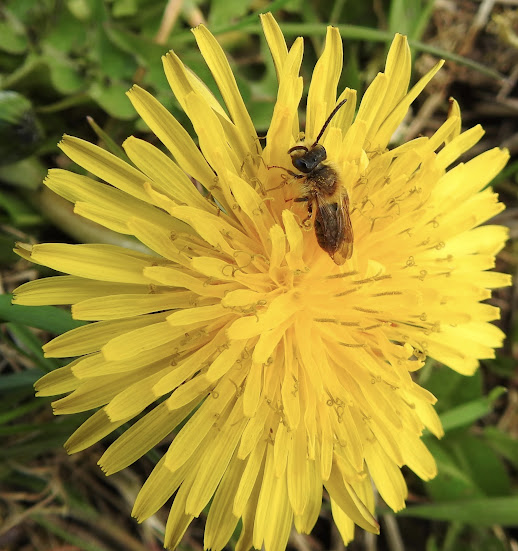
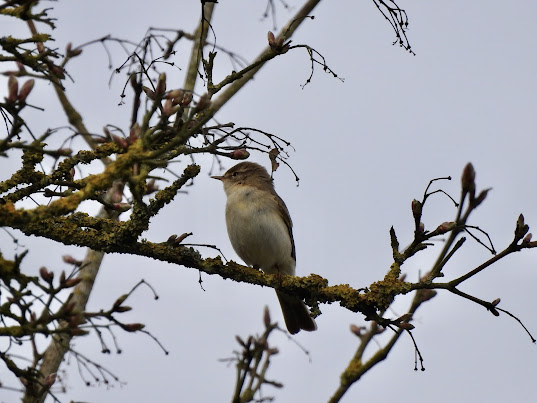









.jpeg)

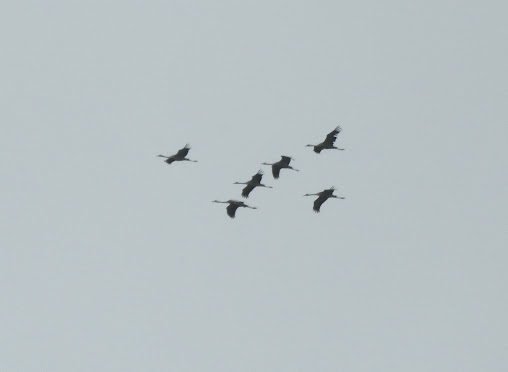









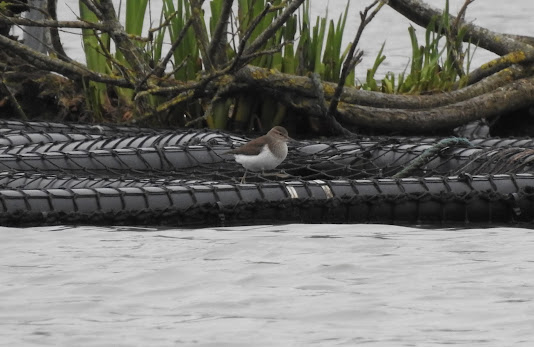

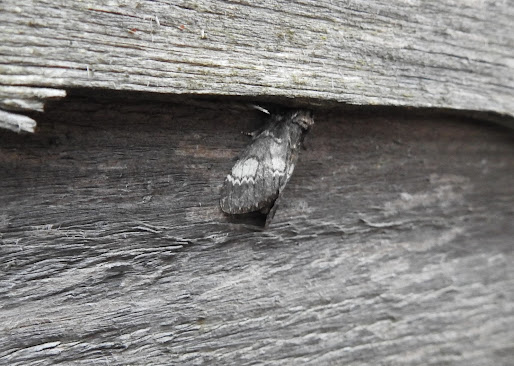



.jpeg)
.jpeg)

.jpeg)